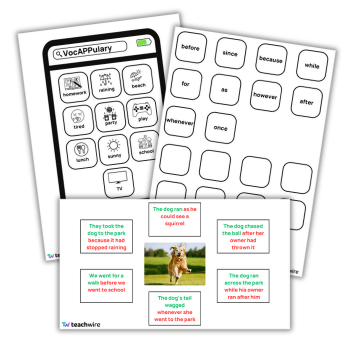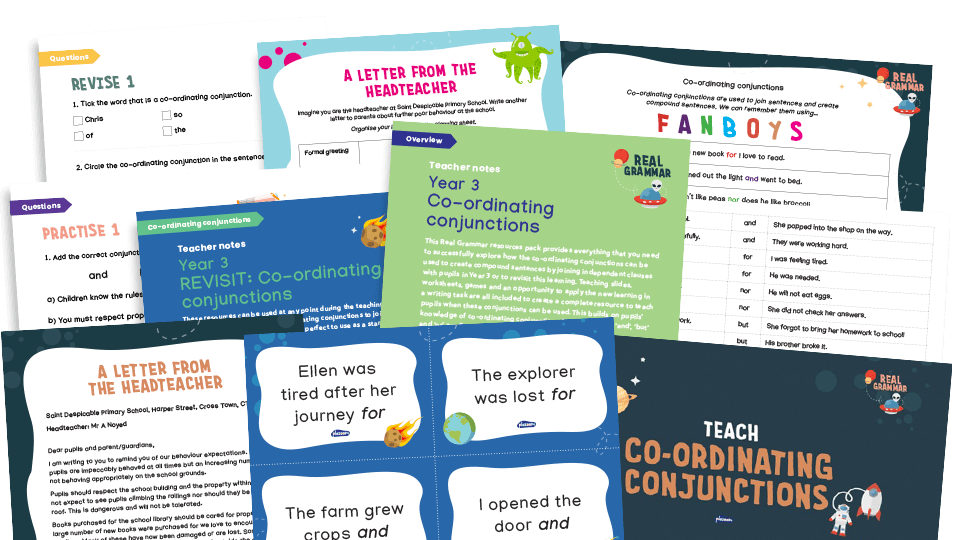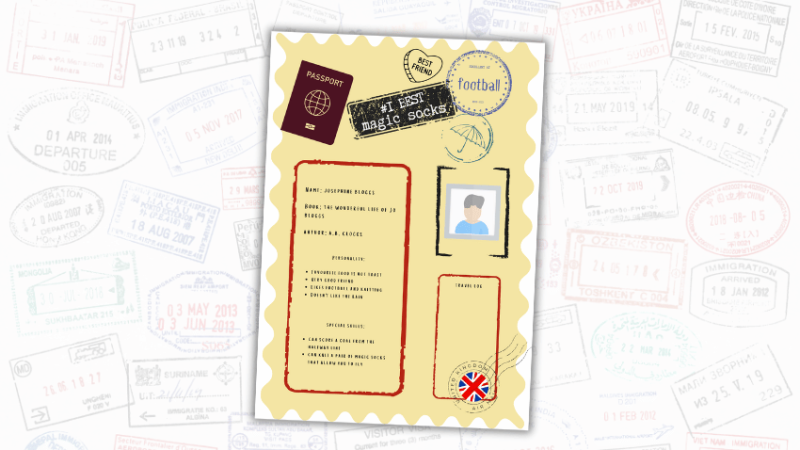Compound sentence – Teaching advice and activity ideas

Laura Dobson breaks down compound sentences and gives you teaching ideas to try in your classroom…

- by Laura Dobson
- Deputy headteacher and former adviser at Inspire Primary English

It may not be a term referred to in SATs, but knowing what a compound sentence is is still a useful grammatical lesson for your KS1 and KS2 pupils…
The team at No More Marking examined nearly two million pieces of students’ writing to draw some conclusions around children’s writing.
Their overriding finding was that children struggle to write accurate sentences, producing ones that are often incomplete or too long (run-on sentences).
Further research seemed to suggest that children don’t understand what makes a sentence. Therefore, any teaching around compound sentences must start with a simple knowledge check: Do my class know the key requirements of a sentence?
Word class knowledge is essential here. Some multiple-choice questions or a ‘build a sentence’ activity will help you gauge current understanding.
What does the curriculum say about compound sentences?
Appendix 2 from the English national curriculum says this about compound sentences:
A sentence is a group of words which are grammatically connected to each other but not to any words outside the sentence.
The form of a sentence’s main clause shows whether it is being used as a statement, a question, a command or an exclamation.
A sentence may consist of a single clause or it may contain several clauses held together by subordination or co-ordination.
Classifying sentences as ‘simple’, ‘complex’ or ‘compound’ can be confusing, because a ‘simple’ sentence may be complicated, and a ‘complex’ one may be straightforward.
The terms ‘single clause sentence’ and ‘multi-clause sentence’ may be more helpful.
Simple vs complex sentences
When Appendix 2 was released, it challenged the words I had been using daily in my English lessons as a KS2 teacher, but it also made total sense.
A simple sentence may have a number of adverbials, adjectives and adverbs, but it is grammatically ‘simple’, as it only contains one clause (or verb).
A complex sentence has a main clause and a subordinate clause; put simply, it needs two verbs.
Simple sentence example
‘One winter’s night, far far away from the city, a small child lay shivering on a small clump of straw.’
Complex sentence example
‘When he was running, Jim fell over.’
Compound sentences resource

This KS2 resources pack from literacy resources website Plazoom provides everything that you need to successfully explore how to use co-ordinating conjunctions to create compound sentences by joining independent clauses.
There are teaching slides, worksheets, games and an opportunity to apply the new learning in a writing task.
What is a compound sentence?
I still feel that there is a place for the term ‘compound sentence’, as the word describes what it does. However, it is worth knowing the curriculum’s view on the term and the fact that it is not a term referred to in SATs.
A compound sentence is one that has at least two independent clauses, usually joined by a coordinating conjunction or a semi-colon.
You, and your pupils, can use the mnemonic ‘FANBOYS’ to remember what the coordinating conjunctions are: For, And, Nor, But, Or, Yet, So
Examples of compound sentences
Some examples of compound sentences include:
- I ran to the shops for milk, but I forgot my purse.
- You can go to the party now or you can stay at home and watch television.
- Isla had an INSET day; she went to Thorpe Park.
How to teach compound sentences
Sentence combining activity
There is a wealth of research on the effectiveness of using sentence combining activities to improve writing skills.
I am a fan of doing this physically by giving children sentences on slips of card and getting them to join them together with conjunctions.
I usually incorporate colourful semantics in this exercise, assigning different colours to each word type. Depending on the age of your pupils, you can develop this simple, practical activity in a variety of ways.
Years 2-3
For Years 2 and 3, write simple sentences about a character pupils are learning about on strips of card. Provide pupils with conjunction cards (and, but, or).
Ask them to find ways to combine the sentences and conjunctions, so they make sense. Extend the activity by adding adjective cards.
Years 4-5
You can step this activity up for Years 4 and 5 by providing simple sentences in one colour, adverbials in another, and conjunctions in another – all on separate strips of card.
Encourage pupils to change words for pronouns, with a pen if needed. As an extension, ask pupils to use scissors to snip the sentence and put the adverbial inside so it still makes sense.
Years 5-6
For Years 5 and 6, provide simple sentences in one colour, adverbials in another, conjunctions in another, relative clause blank cards (a card with ‘who’, ‘which’, ‘where’ on and a gap to complete the clause) and semi-colons and dashes.
To extend the activity ask pupils to try different combining strategies (e.g. conjunction, dash or semi-colon), decide on the most effective for a particular style of writing and justify their choice.
Personalised dice activity
Give children a simple sentence and use a conjunction die to see how they need to extend the sentence. You might decide to make FANBOYS dice, but some of these conjunctions are quite tricky to use, or are more suitable for formal writing, so you may want to use just a few of them.
Warm-up games
Play ‘Finish my sentence’. Give pupils the beginning of a sentence, e.g. ‘Mrs Trunchbull went to the playground but…’
Ask children to write a complete sentence on whiteboards or sugar paper. Share ideas, address any misconceptions and draw attention to clever use of grammar.
Points to remember
Don’t forget that sometimes a short sentence is most effective; three conjunctions in a sentence might not work. Discuss the effective use of grammatical techniques and start these discussions young.
Some children – often, but not always, those with EAL – use the wrong conjunction for the purpose. Give pupils sentences where the conjunction has been used incorrectly, see if they can spot it and then ask them to explain why it is wrong. For example: ‘My sister likes carrots, but she likes potatoes.’
Laura Dobson worked for many years as a teaching and learning adviser for a large company and local authority. She now provides consultancy and training in all areas of English.







